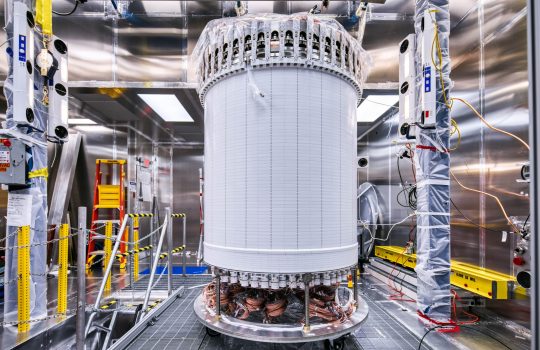Ask Ethan: How can physicists make neutrino beams?
From The Big Think, July 8, 2022: Science writer and astrophysicist Ethan Siegel explores how the design of Fermilab’s DUNE experiment aims to detect neutrino oscillations from one flavor into another when neutrinos travel 1300 km through the earth.

